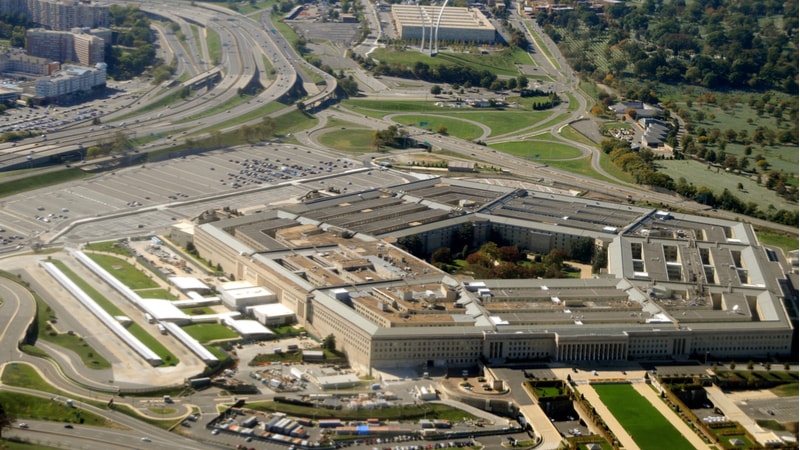
Officials from the Pentagon’s Defense Logistics Agency (DLA) said this week that two of their top concerns for further improving supply chain security are getting better end-to-end visibility of supply chains and integrating more threat intelligence into the picture.
Speaking at an Oct. 21 virtual event organized by the Association for Federal Information Resources Management (AFFIRM), U.S. Army Col. Ronald Hughes said the two biggest goals are better “illumination of the supply chain, end to end, to understand who or what is touching it … and then the threat intelligence.”
“We try to understand threat intelligence” as it relates to DLA vendors, Col. Hughes said, keeping in mind that “each component and end item has its own supply chain and its own dependencies,” leading DLA to focus on “understanding all of these interdependencies.”
“We manage three million items for the government, that’s a lot,” said Col. Hughes. “You have to stay focused on what are the key priority components that support the warfighter.”
Speaking of supply chain security for the defense industrial base, Col. Hughes said, “It’s such a vast problem set, so one of the key things we have done at DLA is to publish a supply chain security strategy that serves as a framework.”
At the same time, “we have prioritized the most critical tasks to DLA and the ability to conduct our mission. That way, we can put our effort, time, and resources” into protecting against the biggest known risks.
“We are still developing our supply chain security in terms of operationalizing it,” he said, adding that DLA is partnering with academia and the commercial sector to learn and adopt best practices. “That is where we are still kind of moving forward in our program … It’s going to take time, and it’s going to be a coordinated effort across DoD to do it right,” he said.
Sly Ahn, Supply Chain Security Lead in DLA’s Portfolio Program Support Division, seconded the
primary focus on “supply chain illumination,” and the ability to identify all of the key infrastructure and assets spanning the gamut from Tier 1 contractors to suppliers of raw materials “so you can really map out where your stuff comes from.”
To tackle that job, “we need to leverage artificial intelligence, machine learning, and open source intelligence to really do that,” he said.
Asked how the coronavirus pandemic has changed the dynamic for supply chain security, Col. Hughes said DLA is trying to adopt more robust standardized processes, better map out supply chains, and try to get to the point “where we can react faster … The goal is to be more proactive where we can, especially on the acquisition side.”
Ahn called the pandemic “a really big eye opener,” that has put “a lot more focus on getting dynamic threat intelligence.” Looking back, he said, “maybe we could have reacted faster, or if we had modeling and predictive analysis abilities … that could have reduced some areas of potential risk a little sooner.”
Ahn also talked about moving toward standardization and integration of many types of supply chain security data including from DLA, from the DIB, transportation data, and warfighter data, among others – what he called “the different mediums of data.”
“You want to get the whole picture,” he said. “Should we have a single authoritative source of that information that everyone can draw from? … We need high quality data, we need it very quickly, and we need everyone using the same data.”
Asked how industry can help, Col. Hughes replied, “I think they are doing it … if they don’t have supply chain security for their industry, it is going to impact their bottom line” as DoD includes more cybersecurity language in contracts. “Industry can help by having that same level of concern,” he said.
